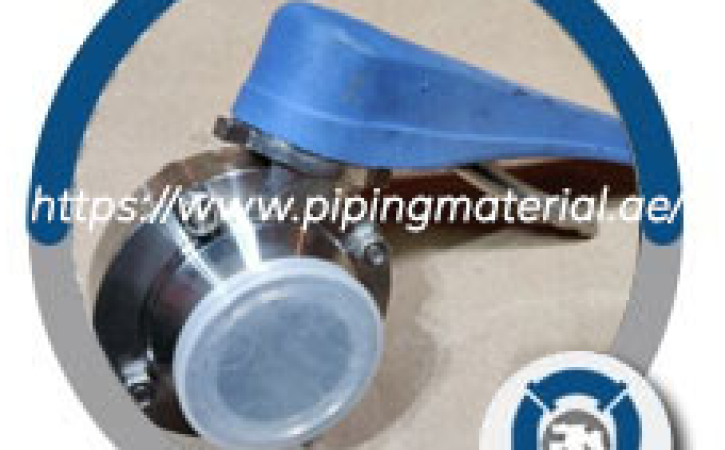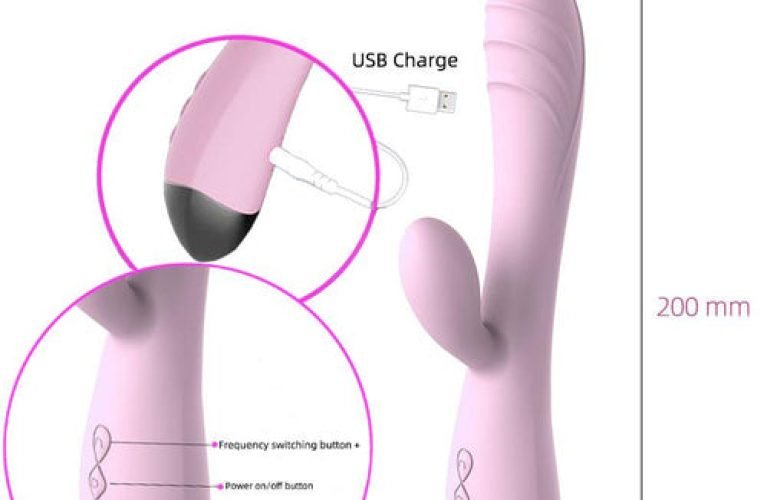
Sanitary Butterfly Valve
Sanitary valves are an essential component in many industries, including food and beverage, pharmaceutical, and biotech. They enable you to control the flow of liquids and gases hygienically and safely. One of the most popular types of sanitary valves is the butterfly valve. The purpose of this article is to explain how a sanitary butterfly valve works, common problems with a stainless-steel tri-clamp butterfly valve, the pressure that a hygienic butterfly valve can hold, how a sanitary ball valve works, how to avoid paying GST on the import of stainless-steel hygienic ball valves in Qatar, and why China is more affordable than India for manufacturing sanitary ball check valves. We will also discuss the importance of quality in selecting the right valves for your application.
Sanitary Butterfly Valve
What is the function of a sanitary butterfly valve?
A sanitary butterfly valve is a type of valve that is designed to control the flow of liquids or gases hygienically and safely. The valve consists of a circular disc that sits within the valve body. The disc is connected to a shaft, which extends outside the valve body and is connected to a handle or lever. The handle or lever is used to rotate the disc, which in turn opens or closes the flow of liquid or gas.
The main function of a sanitary butterfly valve is to control the flow of liquids or gases by opening or closing the circular disc. The disc can be rotated to different positions, which allows for precise control of the flow. This makes the valve ideal for applications where precise flow control is required, such as in the food and beverage, pharmaceutical, and biotech industries.
Additionally, the design of sanitary butterfly valves allows for easy cleaning and maintenance. The circular disc can be easily removed for cleaning and the smooth surface of the valve body reduces the build-up of bacteria and other contaminants.
In summary, the function of a sanitary butterfly valve is to control the flow of liquids or gases by opening or closing a circular disc within the valve body, allowing for precise flow control and easy cleaning and maintenance, making it suitable for hygienic application in various industries like food, pharmaceutical, and biotech.
What are some common problems with a stainless-steel tri-clamp butterfly valve?
Stainless steel tri-clamp butterfly valves are commonly used in hygienic applications due to their corrosion resistance and durability. However, like any other mechanical component, they may experience problems over time. Some of the common problems that can occur with a stainless steel tri-clamp butterfly valve include:
- Leakage: One of the most common problems with butterfly valves is leakage. This can occur due to a damaged or worn seat or seal, or if the valve is not properly installed.
- Difficulty in adjusting the valve: Another common problem is difficulty in adjusting the valve. This can happen if the valve is not properly lubricated, or if the handle or lever is stiff or difficult to turn.
- Difficulty in cleaning the valve: The design of a stainless steel tri-clamp butterfly valve can make it difficult to clean. The valve body can be hard to reach and the disc can be difficult to remove for cleaning.
- Wear and tear: Over time, the valve may experience wear and tear due to regular use. This can lead to issues such as leakage or difficulty in adjusting the valve.
- Corrosion: Stainless steel tri-clamp butterfly valves are resistant to corrosion, but if the valve is exposed to harsh chemicals or high temperatures, corrosion can occur.
It’s important to maintain and inspect the valves regularly to avoid these issues. Regular lubrication, cleaning and replacing of the seals, gaskets, and other parts as needed can help prolong the life of the valve and ensure optimal performance.
In summary, common problems with a stainless-steel tri-clamp butterfly valve include leakage, difficulty in adjusting the valve, difficulty in cleaning the valve, wear and tear, and corrosion. Regular maintenance and inspection can help prevent these issues and prolong the life of the valve.
How much pressure can a hygienic butterfly valve hold?
The pressure that a hygienic butterfly valve can hold will vary depending on the specific valve, but they are typically rated for high-pressure applications.
How does a sanitary ball valve work?
A sanitary ball valve is a type of valve that is designed to control the flow of liquids or gases hygienically and safely. The valve consists of a ball that sits within the valve body. The ball is made of a smooth, spherical shape and has a hole drilled through it, which allows the liquid or gas to flow through when the valve is open. The ball is connected to a stem, which extends outside the valve body and is connected to a handle or lever.
The main function of a sanitary ball valve is to control the flow of liquids or gases by opening or closing the ball. When the handle or lever is turned, the stem also rotates, which in turn rotates the ball. The ball can be rotated to different positions, which allows for precise control of the flow. This makes the valve ideal for applications where precise flow control is required, such as in the food and beverage, pharmaceutical, and biotech industries.
When the handle or lever is turned to the open position, the ball rotates so that the hole is aligned with the flow of liquid or gas. This allows the liquid or gas to flow through the valve. When the handle or lever is turned to the closed position, the ball rotates so that the hole is not aligned with the flow of liquid or gas. This stops the flow of liquid or gas through the valve.
How do I avoid paying GST on the import of stainless-steel hygienic ball valves in Qatar?
To avoid paying GST on the import of stainless-steel hygienic ball valves in Qatar, you would need to follow the import regulations and procedures for Qatar, which may include obtaining the necessary licenses and permits and paying any applicable taxes and duties.Why is china more affordable than India for manufacturing sanitary ball check valves?
China is more affordable than India for manufacturing sanitary ball check valves because of cheaper labour and production costs. However, it is important to note that the quality of the valves produced in India may be higher due to stricter quality control measures and regulations.









